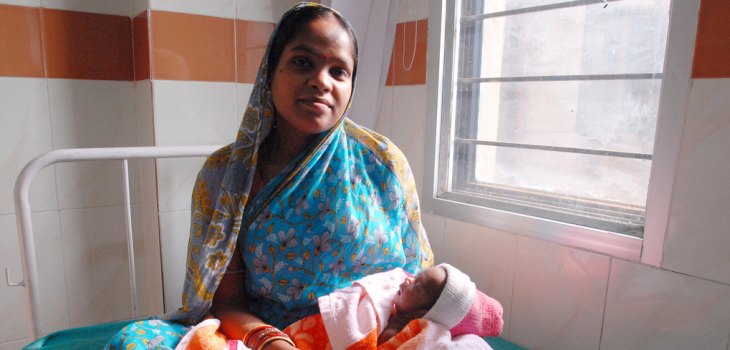By Katerini Storeng, University of Oslo and LSHTM & Dominique Behague, Vanderbilt University, Kings College London and LSHTM
We often judge global health initiatives in terms of the funding they generate and the number of lives they save. But how does looking at the everyday practices and cultures of expertise help us to understand the politics behind these measures of success?
Creating partners of past competitors
During the past decade, the Partnership for Maternal, Newborn and Child Health (PMNCH) established itself as a leading public-private partnership for health. Though modelled on other innovative initiatives such as Gavi and the Global Fund, the PMNCH is set apart by its explicit effort to combat the growing fragmentation that marked the era of the Millennium Development Goals. As research has shown, while useful in galvanising support for specific areas of global health, the MDGs have also had the effect of exacerbating long-standing divisions and competition between experts devoted to working on distinct health problems. To tackle the splintering that has typically accompanied such competition, the PMNCH brought together previously competing advocacy coalitions for safe motherhood and child survival and has been successful in attracting support from major donors, foundations and professional bodies for the integration of maternal, newborn and child health.
Multiple measures of success
Public-private partnerships like the PMNCH are often assessed in terms of the funding they generate and the number of lives they save. However, in a recent Health Policy and Planning paper, we used ethnographic methods to elucidate how policies are negotiated and implemented – or not – in the behind-the-scenes life of global institutional structures, funding schemes and cultures of expertise. Ethnographic methods are particularly useful s for this, as they attend to close observation of everyday practice and accounts of those involved in shaping the PMNCH in its early years. We found that in public, actors often emphasise the PMNCH’s success in encouraging health systems thinking and demonstrating the value of collaboration in global health endeavors. In private, however, many explained that tensions persist between maternal and child health expert communities who often hold different positions on how to achieve health goals. Several long-standing safe motherhood advocates also lamented that their original ambitions towards social and political transformations in health systems and gendered power dynamics have given way to the focus on narrower, but feasible and ‘sellable’ clinical interventions. The challenges we observed are not unique to the PMNCH; all global health partnerships are under pressure to appeal to donors by being issue-specific and quick results-oriented.
Global policy versus on-the ground action
In a commentary responding to our article, PMNCH actors update our historical account, noting the PMNCH’s many positive achievements in recent years, whether through its contributions to the ‘Global Strategy for Women’s, Children’s and Adolescents’ Health’ or its commitment to the Global Financing Facility in support of Every Woman, Every Child. However, as we argue in our response to this commentary, there are gaps between PMNCH’s global policy positions and action on the ground, as well as concerns our informants voiced about limited country ownership of PMNCH policies and their relevance for specific local contexts. If the PMNCH is going to realise its potential to advance integrated action, it must mitigate such concerns and find ways to address the diverse agendas and ideological divisions among its multiple constituencies. Moreover, it must clarify its position on key reproductive health issues like unwanted pregnancy unsafe abortion and gender-based violence and be supported both institutionally and financially to address not just technical, but also social and political, dimensions of health.
Image credit: DFID











